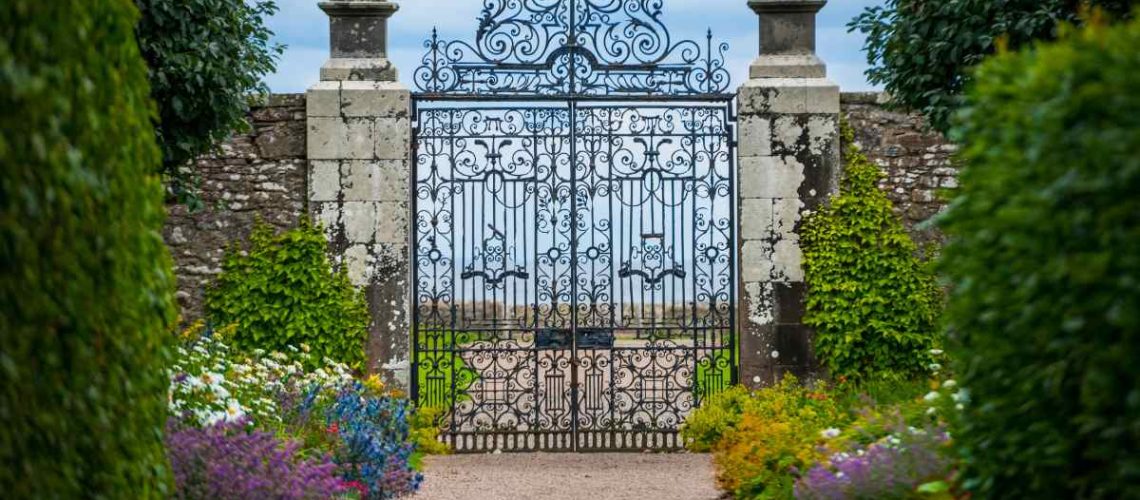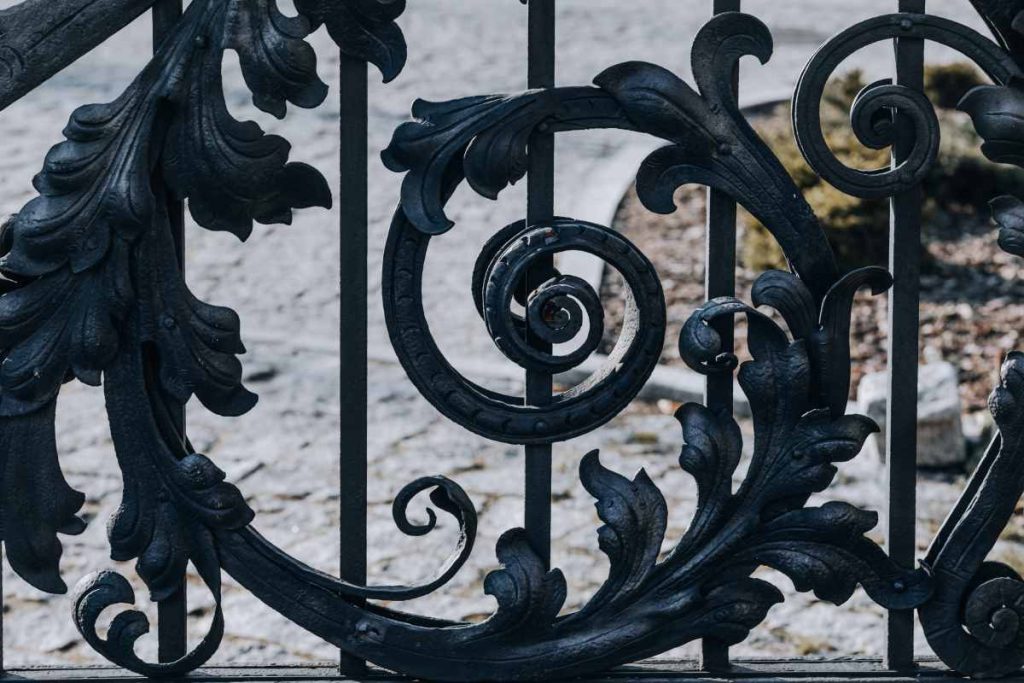


The restoration of antique wrought ironwork is a specialised craft that blends historical understanding, metallurgical knowledge, and artistic skill. Unlike preservation, which focuses on halting further decay and maintaining the current condition (often reserved for museum-quality pieces), restoration involves repairing or replacing damaged or corroded components to return the ironwork to its former glory. Skilled blacksmiths typically undertake this intricate process with expertise in this unique field. This article delves into wrought iron restoration, exploring the materials, challenges, and techniques professionals employ.
Before embarking on restoration, it’s crucial to understand the nature of the material itself. Historic wrought ironwork primarily falls into two categories:
Restoring antique wrought ironwork often necessitates the replacement of damaged or missing components. The choice of material for these replacements is crucial and depends on several factors. Options include:
Factors such as durability, cost, corrosion resistance, strength, ease of working, compatibility with adjacent materials, and availability should guide the selection of the most appropriate material. Ultimately, the blacksmith’s skill in shaping and finishing the chosen material will determine the final appearance and quality of the restoration.
Restorers of antique wrought ironwork frequently encounter a range of challenges, including:

Addressing the challenges mentioned above requires a range of specialised techniques and processes, including:
After reassembly, the ironwork is typically given a protective finish to prevent future corrosion. This may include:
The field of wrought iron restoration is rich with diverse approaches and philosophies. Here are insights from three different practitioners:
Wrought iron is a malleable and ductile material with a fibrous structure due to its slag inclusions. It was traditionally shaped by hammering. Cast iron, on the other hand, has a higher carbon content, making it brittle and more suitable for moulding into intricate shapes.
While visual inspection can sometimes provide clues (e.g., looking for the characteristic grain of wrought iron), a spark test can offer more definitive results. When held against a grinding wheel, wrought iron produces fewer sparks than mild steel.
The best cleaning method depends on the type and extent of soiling. Gentle hand cleaning with wire brushes may suffice for light rust and dirt. More stubborn corrosion might require abrasive blasting or chemical cleaning. It’s crucial to avoid harsh methods that could damage the ironwork.
While loose rust and scale can be removed, some pitting or etching may remain on the surface, especially in cases of severe corrosion. The goal is to stabilise the remaining material and prevent further rust formation.
The restoration cost varies widely depending on factors such as the size and complexity of the piece, the extent of damage, the materials used, and the labour involved. It’s advisable to obtain quotes from several qualified restorers.
Regular maintenance is critical to preventing future corrosion. This includes keeping the ironwork clean and promptly touching any damaged paint or coatings. Applying a high-quality protective finish, such as paint, powder coating, or galvanising, can significantly extend the